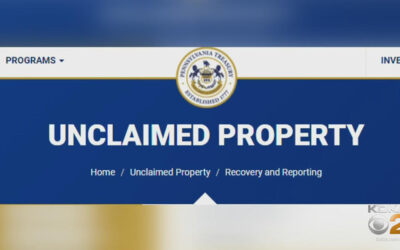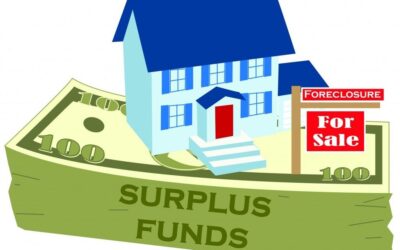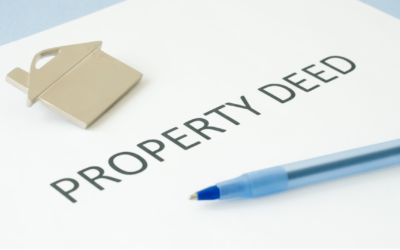Neglected properties are not just an eyesore; they pose significant risks to the community’s safety and wellbeing. Reporting such properties is a civic duty that ensures a healthy and vibrant neighborhood. Let’s delve into the importance of reporting neglected properties and how to report neglected property effectively.
Signs of Neglected Property
Identifying a neglected property is the first step towards addressing the issue. Common signs include:
- Overgrown vegetation that obstructs pathways or sidewalks.
- Broken windows or doors that indicate the property has been abandoned.
- Accumulation of trash, debris, or old furniture in the yard.
- Visible signs of neglect, such as peeling paint or a deteriorating facade.
Potential Risks of Neglected Property
Neglected properties can have a cascading negative impact on a community:
- They can become breeding grounds for pests and vermin.
- Abandoned properties can attract criminal activities, such as vandalism or squatting.
- They can lead to a decline in property values in the surrounding area.
- Such properties can become safety hazards, especially if they are structurally unsound.
Step-by-Step Guide on How to Report Neglected Property
Step 1: Document and Gather Evidence of Neglect
- Photographs and Videos: Capture clear images and videos of the neglected property from various angles. Ensure that the date and time settings on your camera or smartphone are accurate to provide a timestamp for each piece of evidence.
- Written Notes: Make detailed notes of what you observe. This could include descriptions of overgrown vegetation, broken windows, accumulated trash, or any other signs of neglect.
- Witness Statements: If possible, gather statements from neighbors or other community members who have also noticed the neglect. Their observations can add weight to your report.
Step 2: Research and Identify the Appropriate Authority
- Local Government Departments: Most cities or municipalities have a code enforcement or building inspection department responsible for handling neglected properties. Check your local government’s website for contact details.
- Homeowners Association: If the property is located within a community governed by a homeowners association (HOA), they might have rules and procedures for addressing neglect.
- Online Portals: Some cities offer online platforms where residents can report issues, including neglected properties. These platforms often allow for easy uploading of evidence and tracking the progress of the report.
Step 3: Prepare a Detailed Report
- Property Details: Include the exact address of the neglected property and any known details about the property owner.
- Description of Neglect: Provide a comprehensive description of the neglect, referencing the evidence you’ve gathered. Be as specific as possible.
- Potential Risks: Highlight any immediate risks posed by the property, such as safety hazards or health concerns.
Step 4: Submitting the Report
- Submission Methods: Depending on the authority you’re reporting to, you might be able to submit your report online, via email, by phone, or in person.
- Keep Copies: Always keep copies of everything you submit, including photographs, videos, and written reports. This will be crucial if you need to follow up or provide additional evidence later.
- Ask for a Reference Number: When you submit your report, ask for a reference or case number. This will make it easier to track the progress of your report and follow up if necessary.
Step 5: Engaging the Community
- Community Meetings: Organize or attend community meetings to discuss the neglected property and gather support from neighbors. Collective action can often lead to faster results.
- Social Media: Use local community groups on platforms like Facebook or Nextdoor to raise awareness and gather more evidence or support.
- Follow-up: Stay proactive by following up with the authorities regularly. If multiple community members do the same, it can expedite the resolution process.
Conclusion
Reporting neglected properties is not just about improving aesthetics; it’s about ensuring the safety, health, and prosperity of a community. By taking proactive steps, individuals can contribute to creating a cleaner, safer, and more vibrant neighborhood for everyone.
FAQs (Frequently Asked Questions)
1. How long does it take for authorities to respond to a neglected property report?
- Response times can vary based on the local authority and the severity of the neglect. It’s essential to follow up if no action is taken within a reasonable timeframe.
2. Can I report neglected property anonymously?
- Yes, many local authorities allow anonymous reporting, but providing contact information can help if they need additional details.
3. What information should I include in my report?
- Essential details include the property address, evidence of neglect (photos, videos), and any other observations that can support your claim.
4. What can I do if authorities don’t take action on the reported neglected property?
- Consider reaching out to local media, engaging with community groups, or seeking legal advice to escalate the issue.
Mehedi Miraz is the passionate writer behind RealEstateTracer.com. With a love for writing and a fascination for the world of property, Mehedi has honed his expertise through years of dedicated research. His words breathe life into every aspect of the industry, making complex topics simple and enjoyable to explore. Armed with valuable insights, Mehedi is on a mission to share knowledge, empowering readers to navigate the real estate landscape with confidence.






